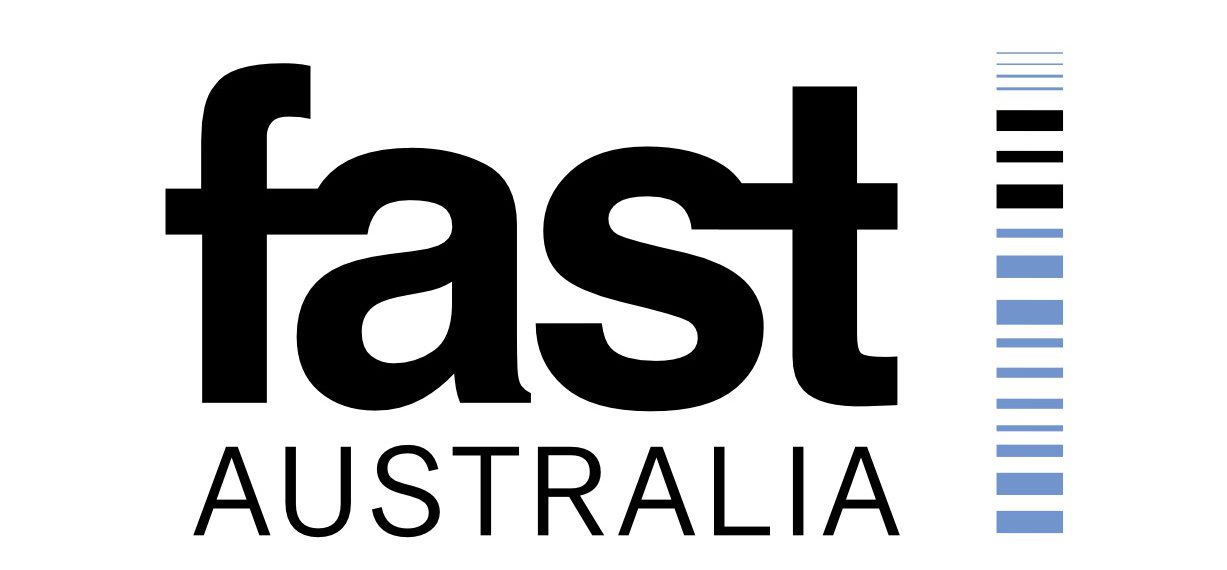Gene therapy
People with AS have a mutation, deletion or other defect in their Ubiquitin-protein ligase E3A (UBE3A) gene. Gene replacement therapy uses safe viruses to deliver healthy copies of the UBE3A gene into cells to replace the missing or underperforming gene.
The goal is for the body to start making the UBE3A protein that is deficient or absent. A few gene therapy treatments have already been approved in Europe for other rare disorders (e.g. Strimvelis), and many gene therapy trials are underway in the United States for a variety of disorders (e.g. Batten disease, Spinal muscular atrophy and Sanfilippo syndrome).
Some examples of these are:
- Viral Vectors
- Adeno-associated virus (AAV) – University of Pennsylvania (Professor Jim Wilson) and PTC Therapeutics
- Lentivirus – UC Davis (Professor David Segal)

